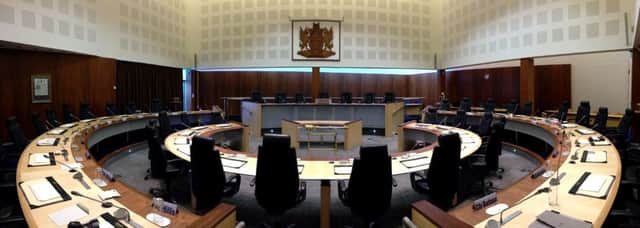‘Cutting’ the grass budget in CC&G Council


Since 1988, Ballymoney, Moyle, Coleraine and Limavady councils had an annual contract with Transport NI to cut areas of urban grass up to five times a year. The councils would normally increase the number of cuts to 12 times a year.
The funding for this was normally £57,000 but this funding has been withdrawn.
Advertisement
Hide AdAdvertisement
Hide AdAt Tuesday’s meeting of Council’s Environmental Services Committee members were asked what action they now wanted to take and were presented with three options to consider:
1. Continue to cut and maintain the same areas to the same standard at a cost of £57,000.
2. Reduce the frequency of grass cutting. No additional cost to Council.
3. Reduce the number of areas to be cut and encourage the ‘Don’t Mow, Let it Grow’ biodiversity campaign in other areas. No additional cost to Council.
Advertisement
Hide AdAdvertisement
Hide AdColeraine Cllr William King said that, as an area which relied so heavily on tourism, it would be a backward step to stop grass cutting in important areas. “If we don’t upkeep certain areas, what will it look like?” he asked.
He added that £57,000 was not a huge amount of money in the circumstances.
Limavady councillor Tony McCaul said that rural areas needed to be kept in mind for grass cutting as well as urban ones.
Director of Environmental Services Aidan McPeak told members that it looked as though Transport NI were now only going to cut grass for “road safety reasons”.
Advertisement
Hide AdAdvertisement
Hide AdChief Executive David Jackson said he was concerned that this was another example of “taxation transfer”.
He said that just last week the new Council had released 21 members of staff for voluntary redundancy and now they were faced with a bill for grass cutting of £57,000 which was the equivalent of two salaries.
He suggested adopting a combination of options 2 and 3 with a caveat that key areas and events would be factored into the schedule e.g. North West 200. “We look at key tourist impact areas and some areas would have to be let go but perhaps biodiversity schemes would be the answer there.”